Political theatre or real tension? Pakistan’s ruling allies clash then quickly reconcile
Political commentators remain divided over whether the dispute was a genuine clash or a calculated performance

Aamir Abbasi
Editor, Islamabad
Aamir; a journalist with 15 years of experience, working in Newspaper, TV and Digital Media. Worked in Field, covered Big Legal Constitutional and Political Events in Pakistan since 2009 with Pakistan’s Top Media Organizations. Graduate of Quaid I Azam University Islamabad.
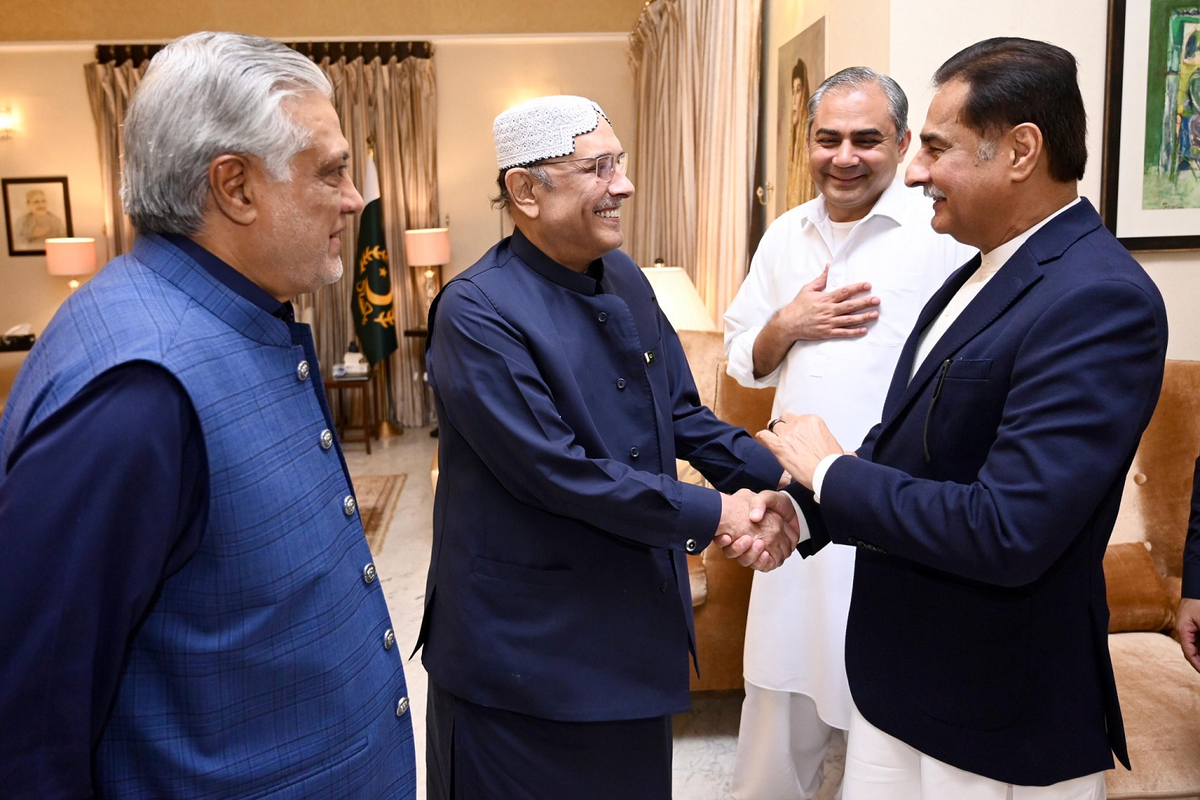
President Asif Ali Zardari met Deputy Prime Minister and Foreign Minister Ishaq Dar, Speaker Ayaz Sadiq and Interior Minister Mohsin Naqvi in Nawabshah on October 8.
PresOfPakistan/X
Was it a real fallout or just political theatre? Pakistan’s ruling coalition partners - the Pakistan Muslim League-Nawaz (PML-N) and the Pakistan Peoples Party (PPP) - exchanged sharp words this week before swiftly reconciling, sparking speculation that the public spat was more choreography than chaos.
The friction began when the PPP proposed channeling Punjab’s flood relief through the Benazir Income Support Program (BISP) — a welfare scheme central to PPP’s political identity. PML-N’s chief organizer and Punjab’s political lead, Maryam Nawaz, rejected the idea outright, declaring:
“We will not take dictation from anyone on how to help flood victims. This is interference in Punjab’s internal matters.”
The remarks were seen as a pointed jab at PPP’s attempts to expand its influence in Punjab. PPP leaders fired back, accusing the PML-N of staging “photo sessions” in flood-hit areas and demanded an apology from Maryam. The party even staged a walkout from Parliament in protest.
More friction over water projects
The tension deepened when Maryam Nawaz doubled down on her stance over Punjab’s proposed canal projects in Cholistan, insisting: “These canals will be built using Punjab’s water resources, and no one has the right to oppose them. We will break the finger that tries to stop this.”
PPP leaders viewed the remark as inflammatory, accusing her of overstepping and demanding accountability.
Behind the scenes, the confrontation was quickly defused. According to sources, PPP Co-Chairman Asif Ali Zardari summoned Interior Minister Mohsin Naqvi to convey a strong message to the PML-N leadership.
Within hours, Deputy Prime Minister Ishaq Dar and National Assembly Speaker Ayaz Sadiq flew to Nawabshah in a special aircraft to meet Zardari — a gesture that reportedly helped calm tensions and bring the coalition back in sync.
Genuine rift or political theatre?
Political commentators remain divided over whether the dispute was a genuine clash or a calculated performance.
Veteran journalist Salman Ghani believes both parties are using the flare-up to strengthen their political bases ahead of the next elections.
“Whether this rift is real or not, both parties are benefiting from the rising tension. This conflict is helping each side solidify its political base,” he noted.
Ghani described Zardari as the “guarantor” of the current setup, holding the alliance together despite visible disagreements. He also said Maryam Nawaz’s defiance has boosted her popularity in Punjab, injecting new energy into the PML-N’s political narrative.
A meeting between President Asif Ali Zardari and Prime Minister Shehbaz Sharif is expected soon, which Ghani believes will “settle all matters.”
However, a senior journalist - requesting not to be named - warned that the calm may be temporary.
“If all issues had been resolved in earlier meetings, then Prime Minister Shehbaz wouldn’t have needed to call Bilawal Bhutto-Zardari,” he observed.
The journalist pointed to PPP’s decision to convene its Central Working Committee (CWC) meeting on October 18 as a sign that the party is reassessing its place in the coalition and may be considering a more independent electoral strategy.
Analysts say neither party can afford a full-scale rupture for now, given pressing international issues before Parliament — including debates on Gaza, the IMF program, and FATF commitments.
For now, Prime Minister Shehbaz Sharif remains firmly in control. But insiders believe the real confrontation could emerge when the race for Pakistan’s next prime minister begins - particularly if Maryam Nawaz and Bilawal Bhutto-Zardari both set their sights on the top job.


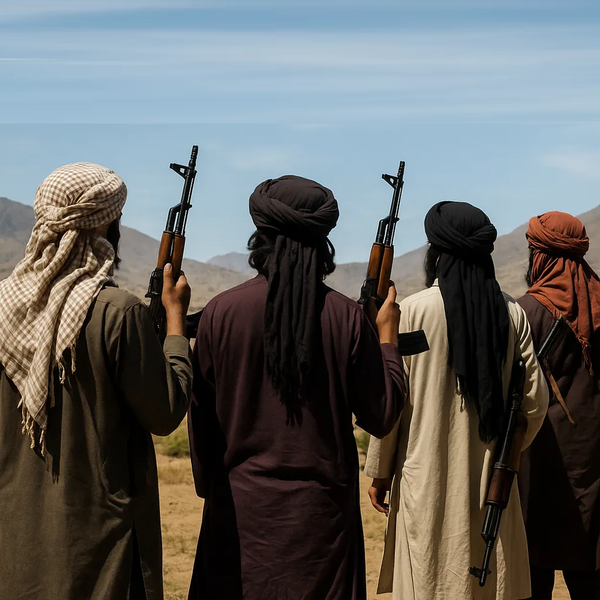
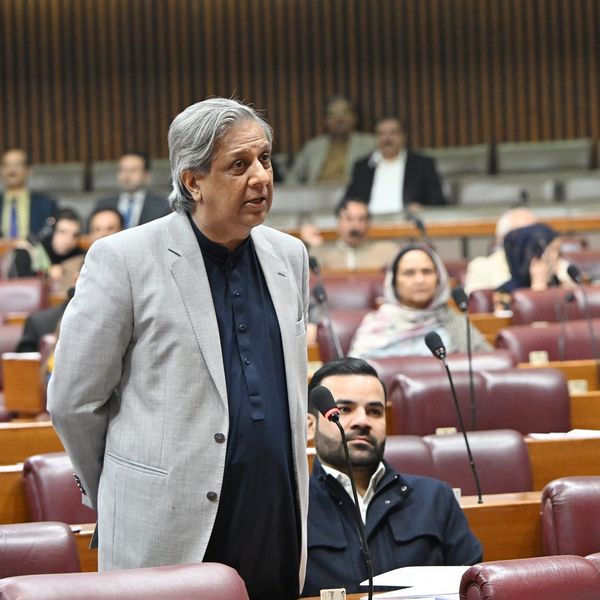

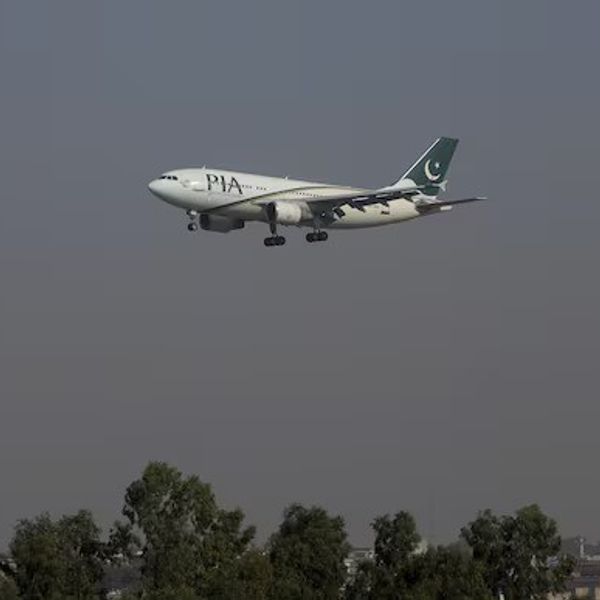
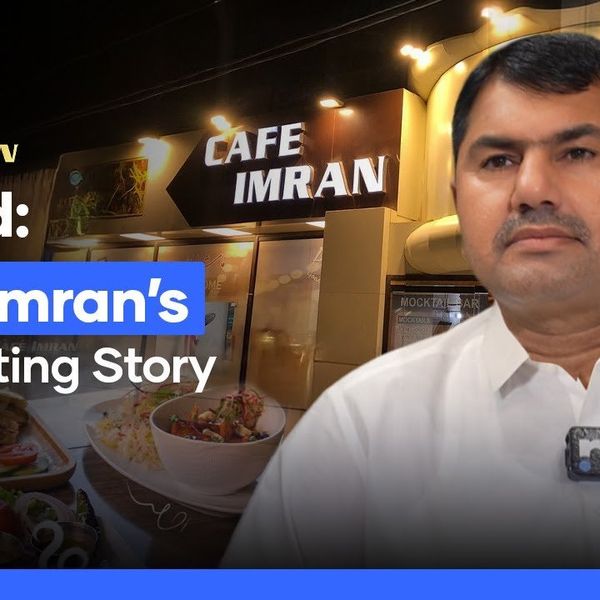
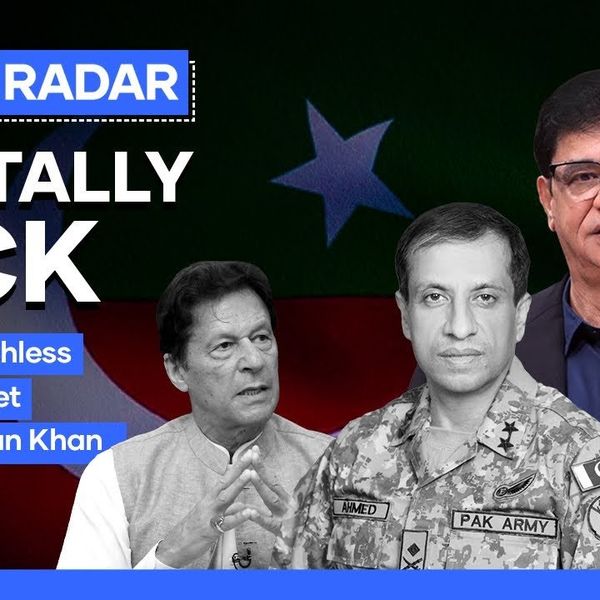


Comments
See what people are discussing